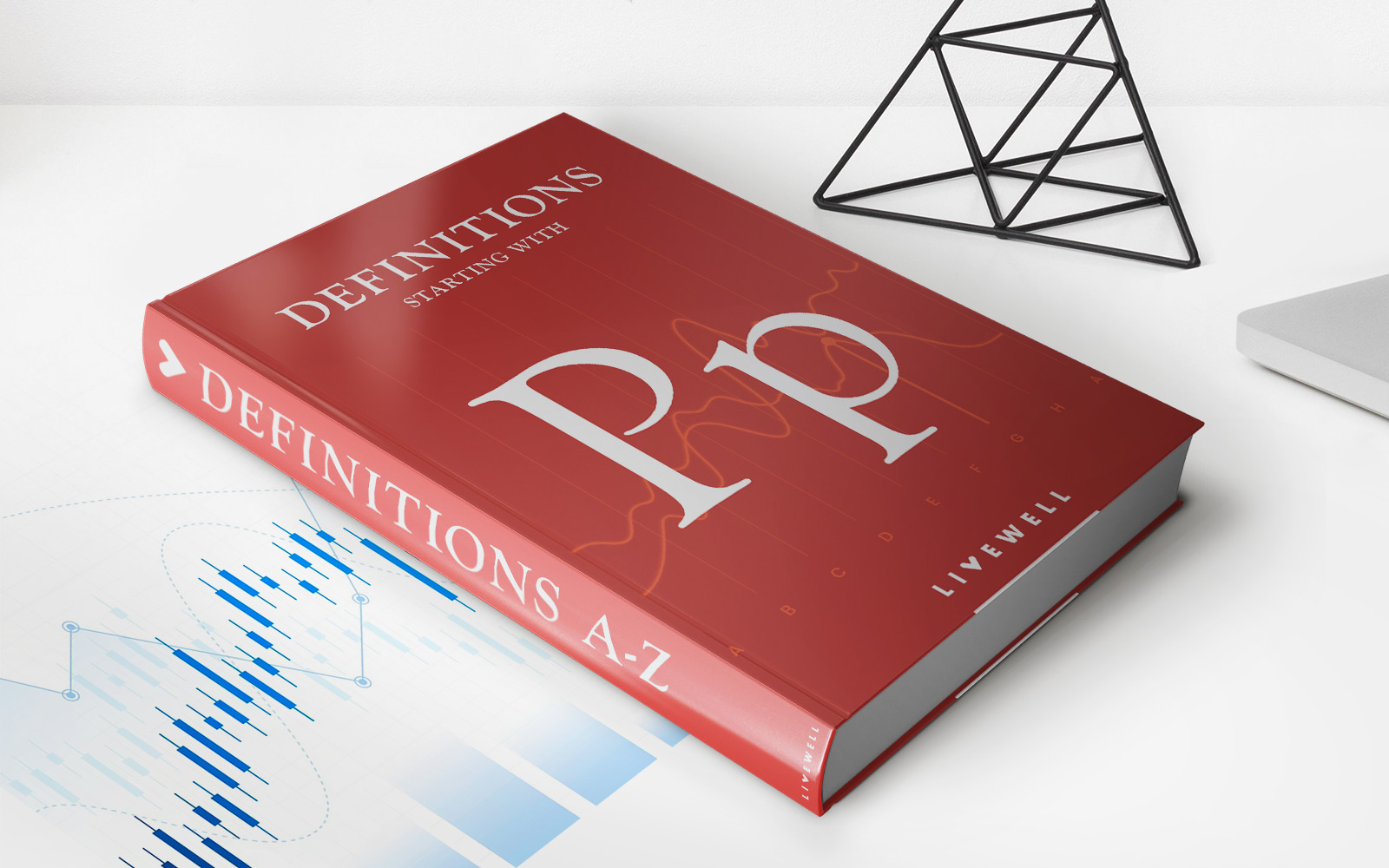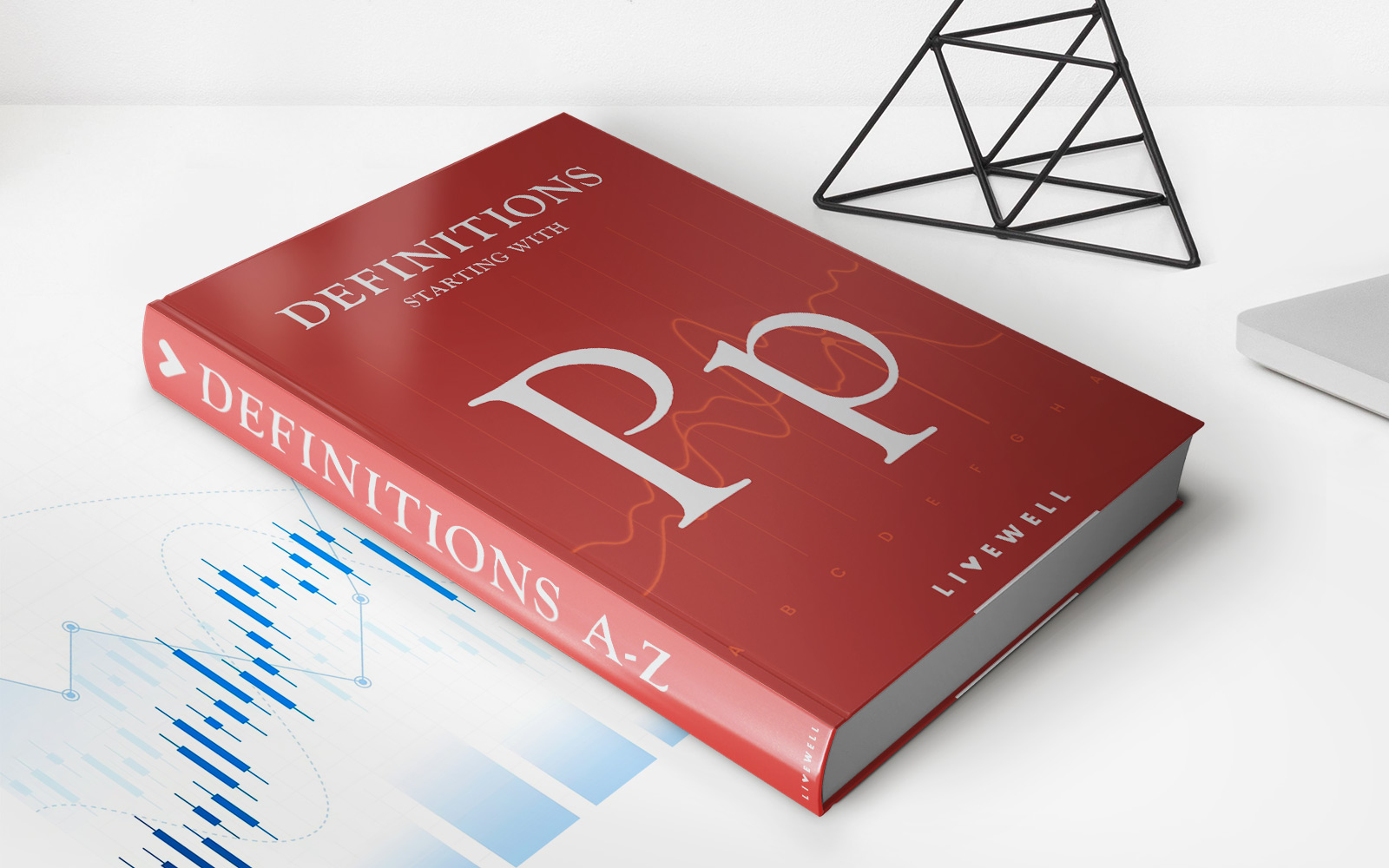Home>Finance>What Is The Pearson Coefficient? Definition, Benefits, And History


Finance
What Is The Pearson Coefficient? Definition, Benefits, And History
Published: January 6, 2024
Learn about the Pearson coefficient in finance, its definition, benefits, and historical significance. Explore how this measurement helps analyze relationships between variables in financial data.
(Many of the links in this article redirect to a specific reviewed product. Your purchase of these products through affiliate links helps to generate commission for LiveWell, at no extra cost. Learn more)
The Pearson Coefficient: Unlocking a Key Tool in Financial Analysis
When it comes to making informed financial decisions, having accurate and reliable data is crucial. That’s where the Pearson coefficient comes in. In this blog post, we will explore what the Pearson coefficient is, its benefits, and its history, so you can utilize this powerful tool in your own financial analysis.
Key Takeaways:
- The Pearson coefficient measures the strength and direction of the linear relationship between two variables.
- It is widely used in finance to analyze the correlation between investment returns, market indices, and other financial metrics.
What is the Pearson Coefficient?
The Pearson coefficient, also known as the Pearson correlation coefficient or Pearson’s r, is a statistical measure that quantifies the strength and direction of the linear relationship between two variables. It is a value between -1 and 1, where -1 indicates a perfect negative correlation, 1 indicates a perfect positive correlation, and 0 indicates no correlation.
For financial analysts, the Pearson coefficient is a valuable tool for analyzing the relationship between investment returns, market indices, and other financial metrics. By calculating the coefficient, analysts can gain insights into how changes in one variable may affect another, enabling them to make more informed investment decisions.
Benefits of Using the Pearson Coefficient in Financial Analysis
1. Understanding Relationships: The Pearson coefficient allows financial analysts to determine the strength and direction of the relationship between two variables, helping them identify patterns and trends that may impact financial performance.
2. Risk Management: By analyzing the correlation between different investments or asset classes, analysts can build diversified portfolios that minimize risk. The coefficient helps identify assets that move in opposite directions, reducing the overall risk of the portfolio.
3. Predictive Power: Through historical data analysis, financial analysts can use the Pearson coefficient to predict future movements in variables. This can help in forecasting market trends, assessing investment opportunities, and making strategic decisions.
A Brief History of the Pearson Coefficient
The Pearson coefficient was developed by the renowned English mathematician Karl Pearson in the late 19th century. Pearson, a pioneer in the field of statistics, recognized the need for a standardized measure to quantify the strength of relationships between variables.
Since its introduction, the Pearson coefficient has gained wide acceptance in numerous fields, including finance. Today, it is one of the most commonly used measures for assessing correlation and has become a staple tool for financial analysis.
In conclusion, the Pearson coefficient is a vital tool for financial analysts seeking to gain insights into the relationship between variables. Its ability to quantify and analyze correlations provides valuable information for investment decisions, risk management, and trend forecasting. By leveraging this powerful statistical measure, you can enhance your financial analysis skills and make more informed decisions in the complex world of finance.














